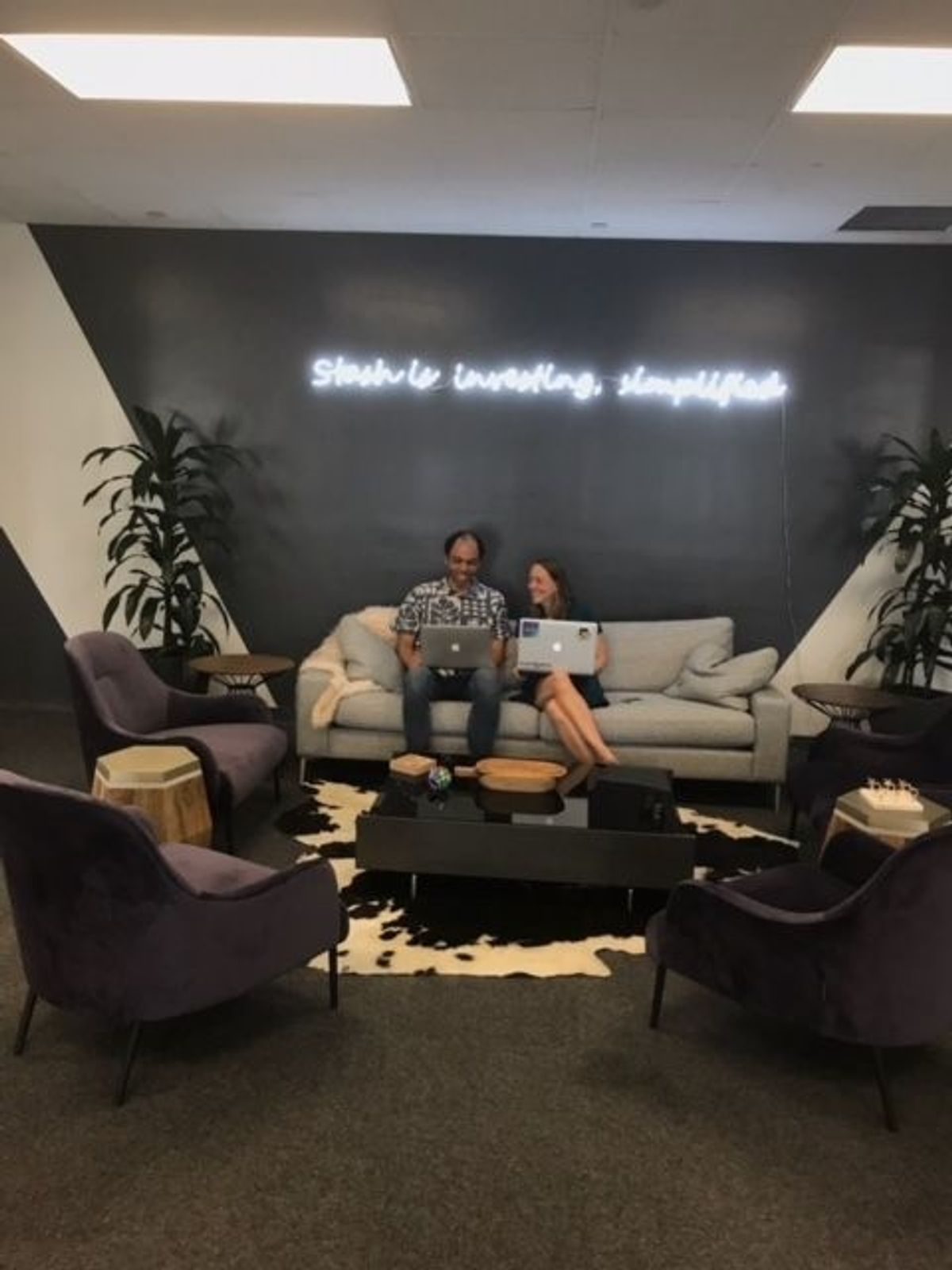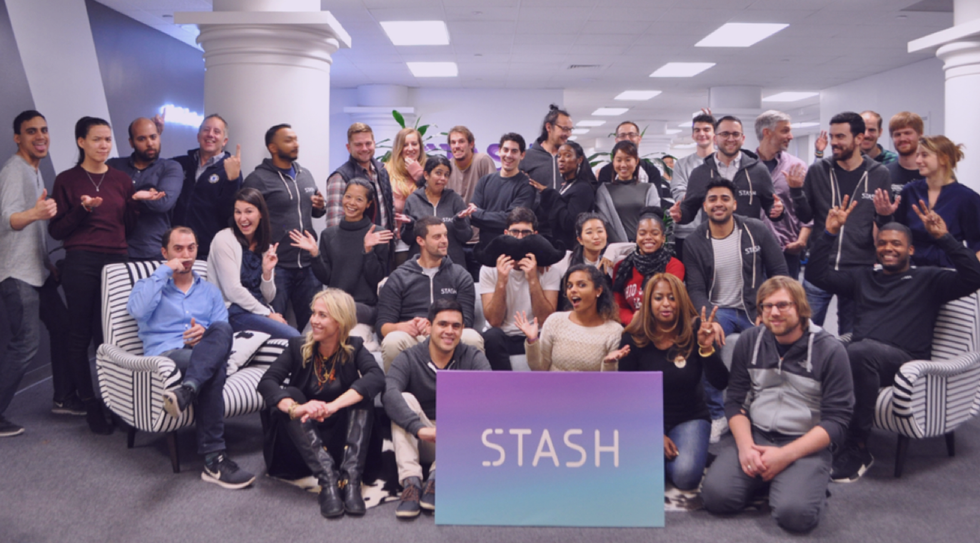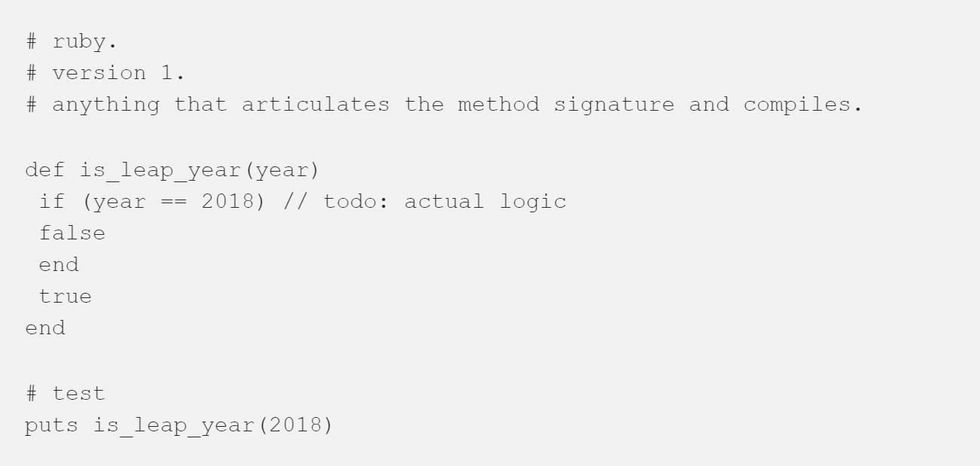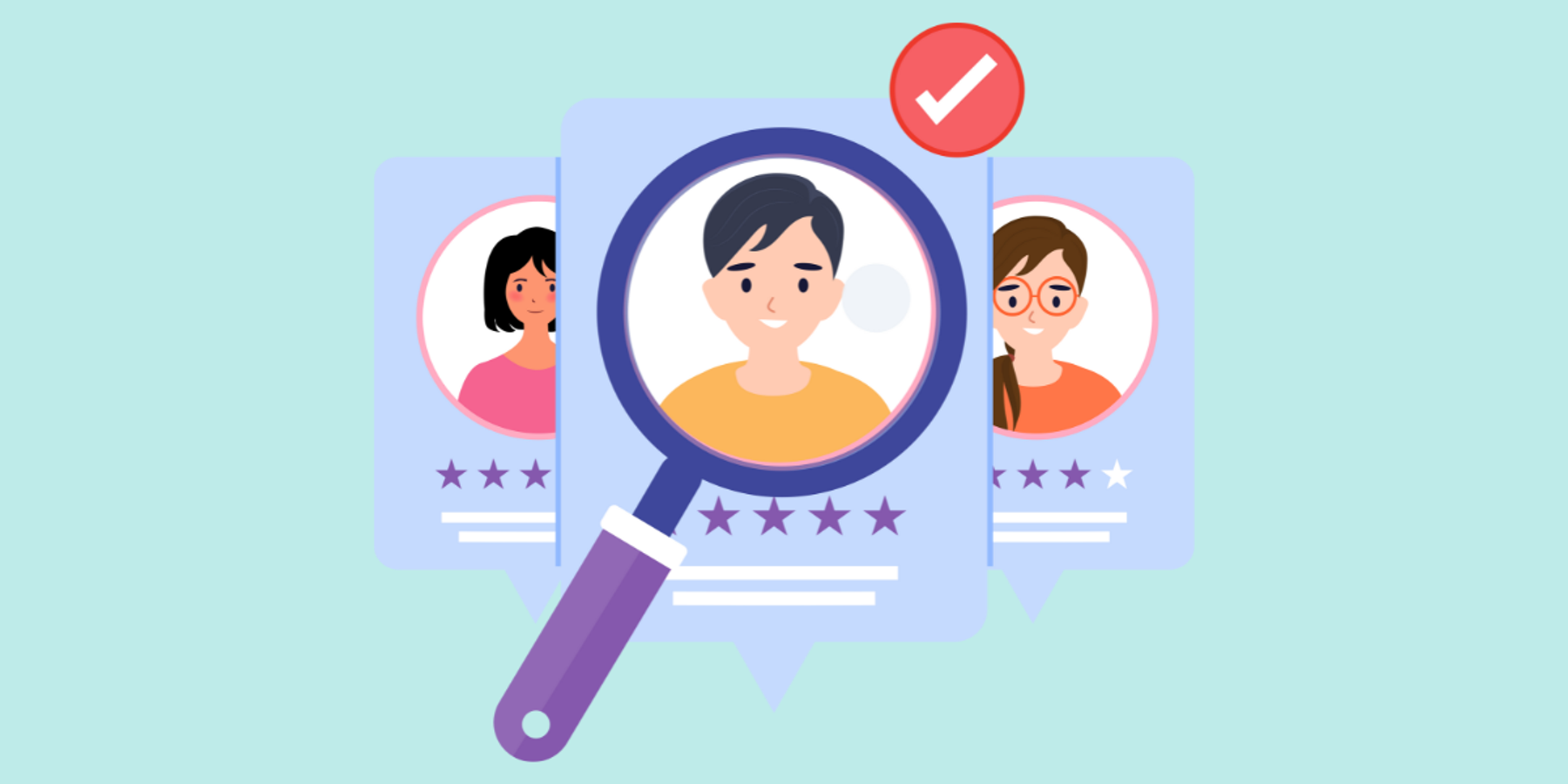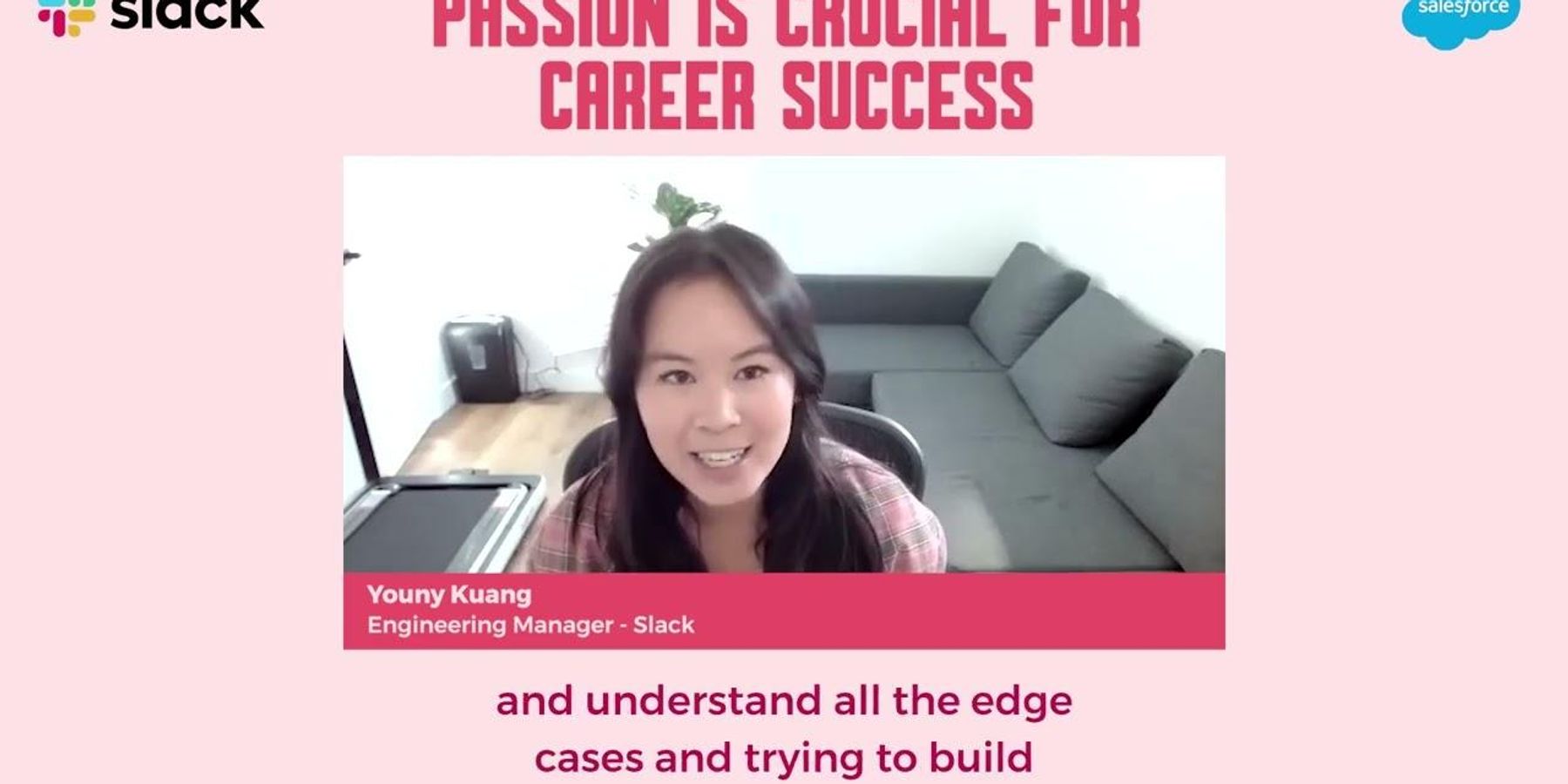Below is an article originally written by Kahne Raja, Lead Engineer at PowerToFly Partner Stash, and published on March 26, 2018. Go to Stash's page on PowerToFly to see their open positions and learn more.
- Cracking the Coding Interview by Gayle Laakmann McDowell
- Clean Code: A Handbook of Agile Software Craftsmanship by Uncle Bob
- Extreme Programming Explained by Kent Beck
- Stash Invest Careers. Join us!
If you love clean code and you want to help disrupt the fintech industry, then look no further!
Recently, we here at Stash have upped our recruitment game. Over the past few months, I've seen the company double with an outstanding crew of new engineers who truly care about what they do and how they do it. We are dealing with scale issues on all fronts and we need your help!
The mission at Stash is clear. Build financial systems that work for everyone — not just the wealthy.
It's a big challenge and we have a long way to go. A big part of that is growing the team with the right people.
As an engineer at Stash myself, I regularly host technical interviews. Here are some of my notes on what it takes to pass our first stage code pairing challenge.
Back to basics.
Interview preparation takes weeks… even months. Do it in batches and do it well. Enjoy the nostalgia. Enjoy the beauty of math.
Your regular tech work life patterns and practices are important but quite often they are not so helpful when doing interviews. Here are some ideas to help you prepare for the engineering interview at Stash:
- Read Cracking the Coding Interview by Gayle Laakmann McDowell.
- Read Extreme Programming Explained by Kent Beck.
- Watch as much Uncle Bob talking about SOLID principles as possible.
- Ask a friend to test you at a whiteboard over lunch.
- Choose a language and get comfortable with it (without an IDE).
Our first line of code.
When I sit down with you to pair online @coderpad, this is what I am looking for:
- A focus on data structures and algorithms.
- At least one passing unit test.
- A simplification of complex ideas.
I want you to start by slicing off a single conditional in two to three lines of code. Something we can compile, run, test, and discuss.
Example challenge: Leap Year.
Problem statement: write a function that returns true or false depending on whether its input integer is a leap year or not.
If we can get to this place within a few minutes, that is a great start! We should then be able to complete a number of variations within 10 to 20 lines of code.
Try to avoid spending too much time on the following:
- Web app / CRUD design patterns like Controllers and Repositories.
- Database structures and persistence strategies.
- Language comparisons and platform specific features.
Scorecard.
After each interview, I assess candidates on the following metrics. Ability to think on your feet, communication, critical thinking, creative problem-solving, debugging, speed, management of competing priorities, organizational skills, and test driven.
Following this initial online code pairing session, you'll be invited in for a half day session with a number of colleagues.
At Stash, extreme programming and solid principles are at the heart of what we do. We move fast and embrace change.
Please don't hesitate to hit me up on twitter — @kahneraja. I'm always happy to help a candidate get ready for an awesome new career at Stash.
